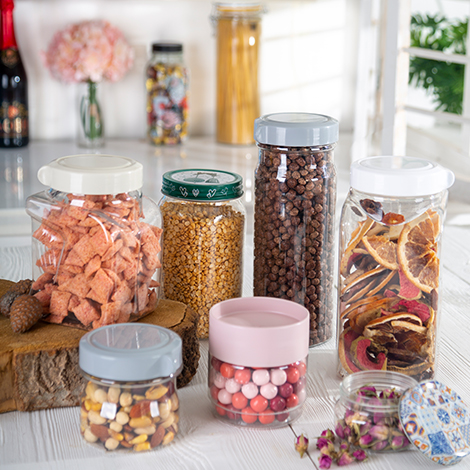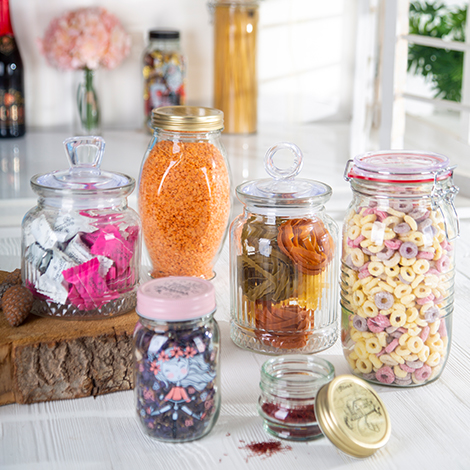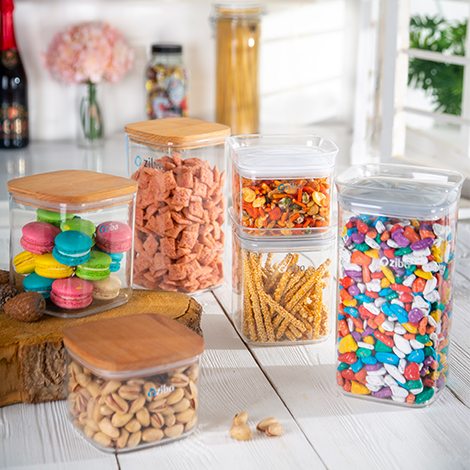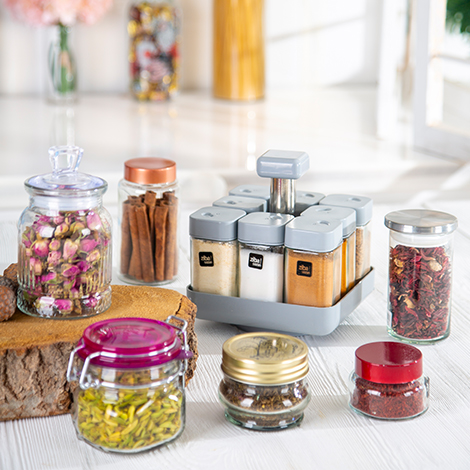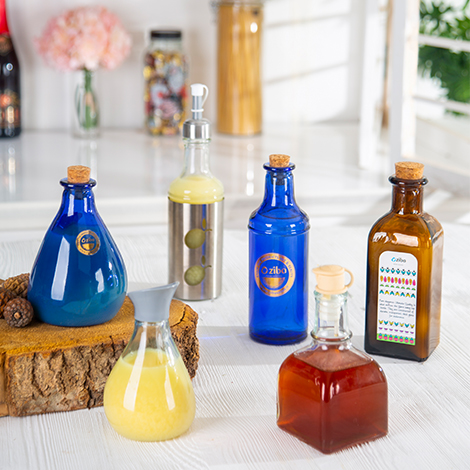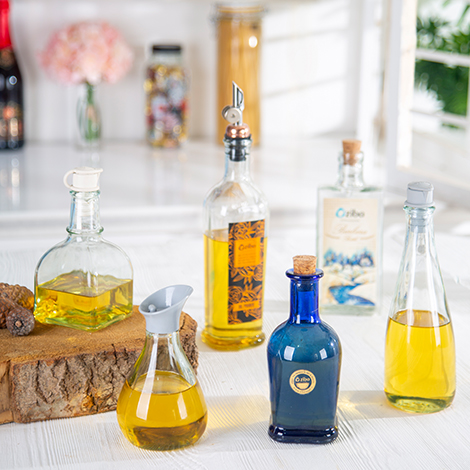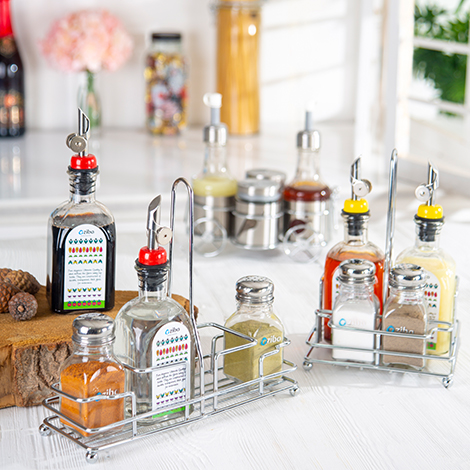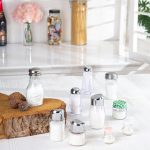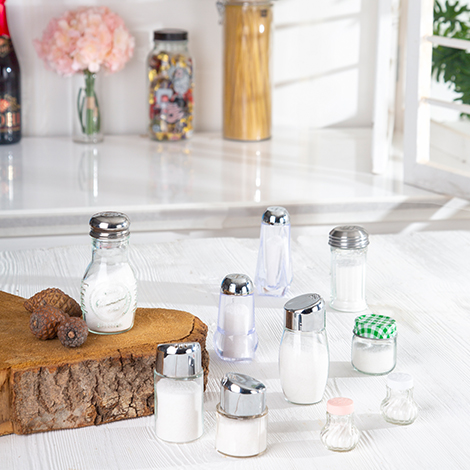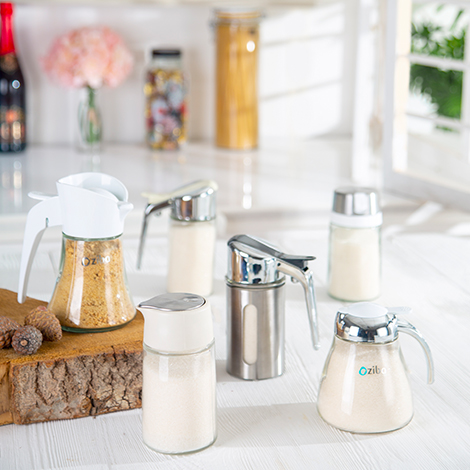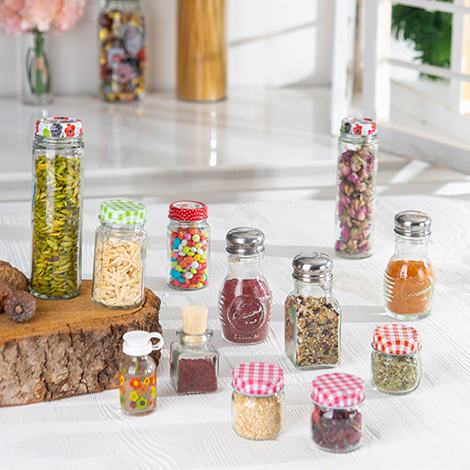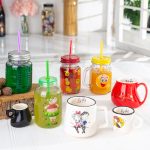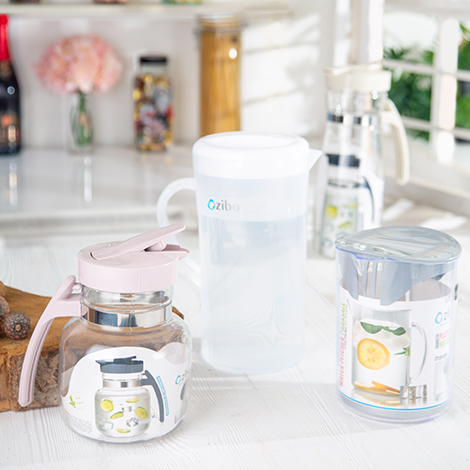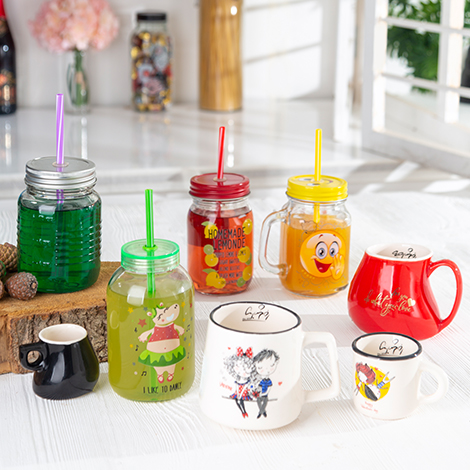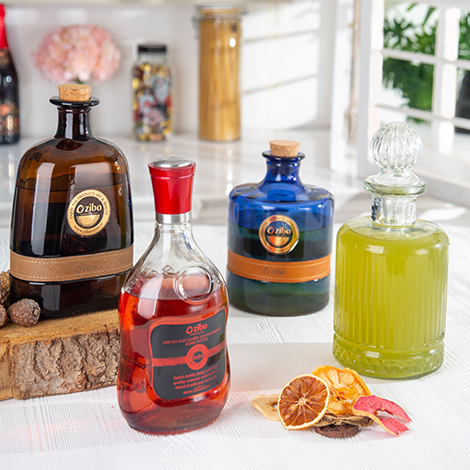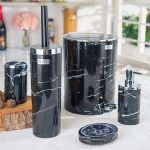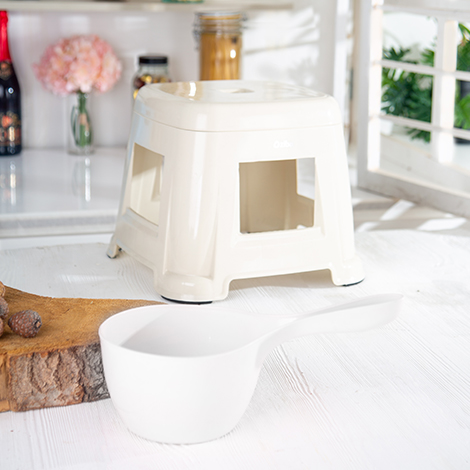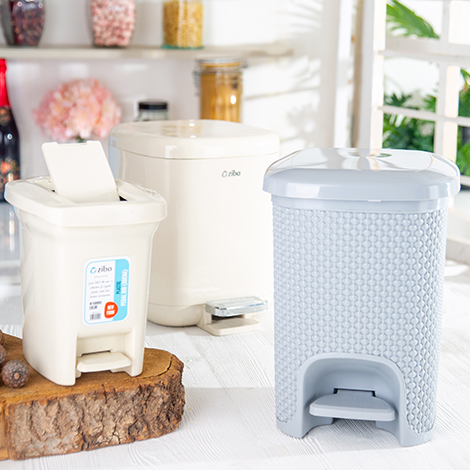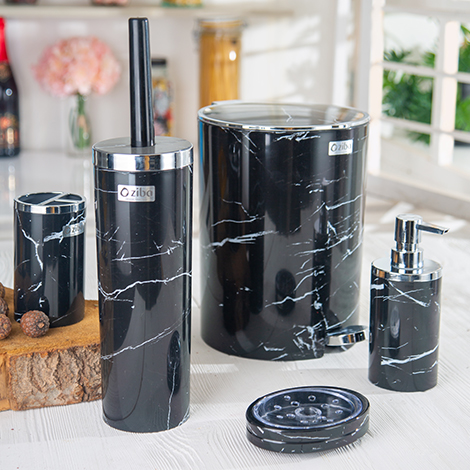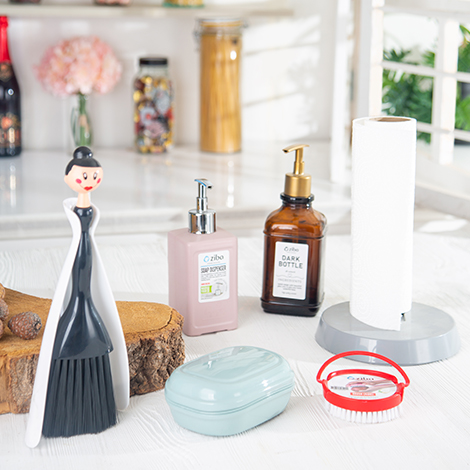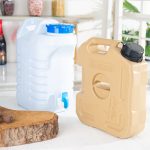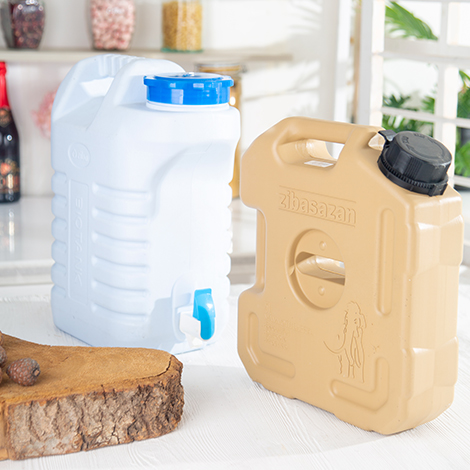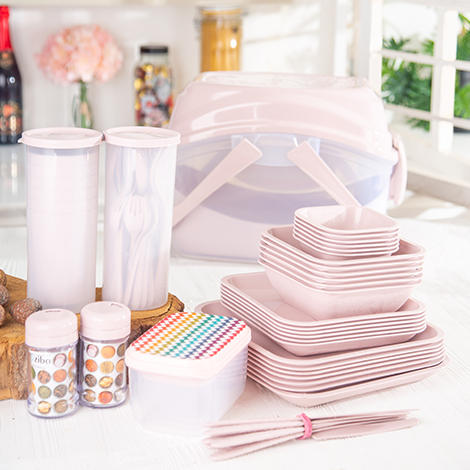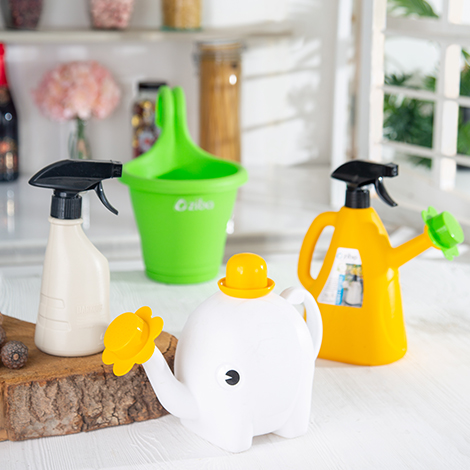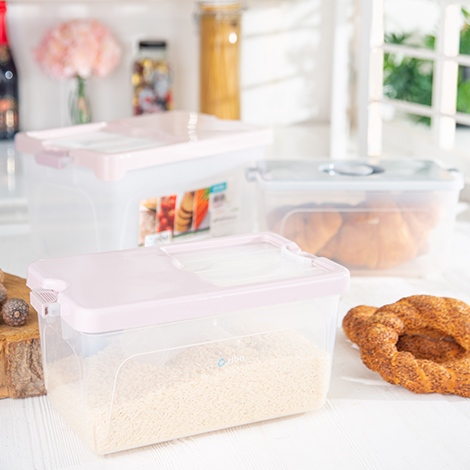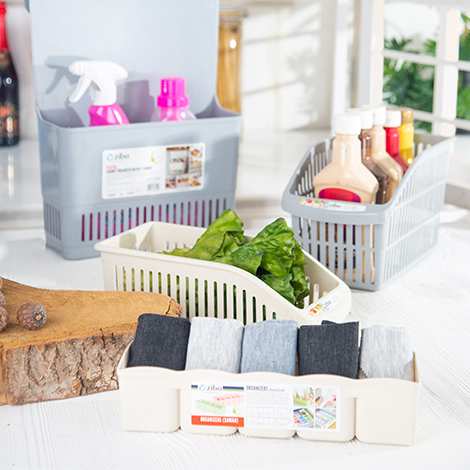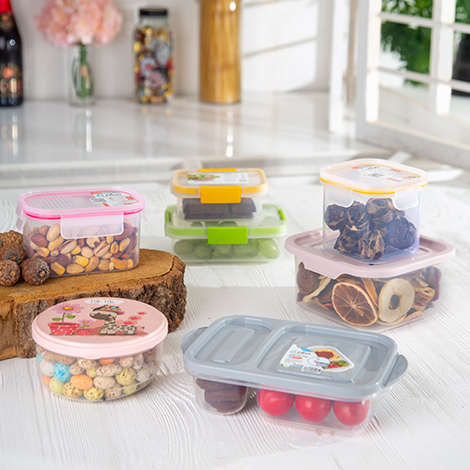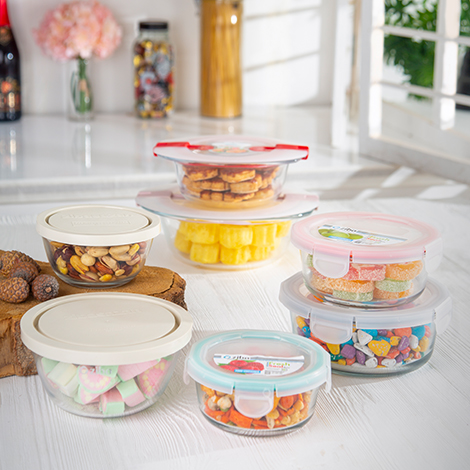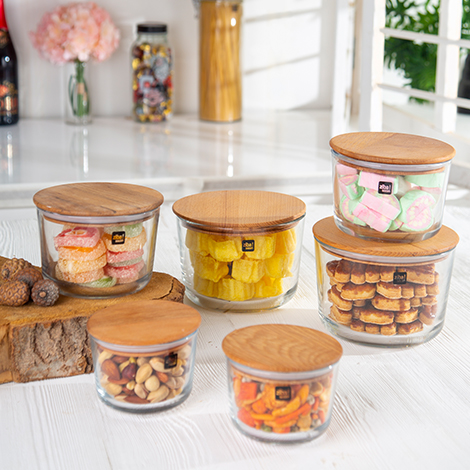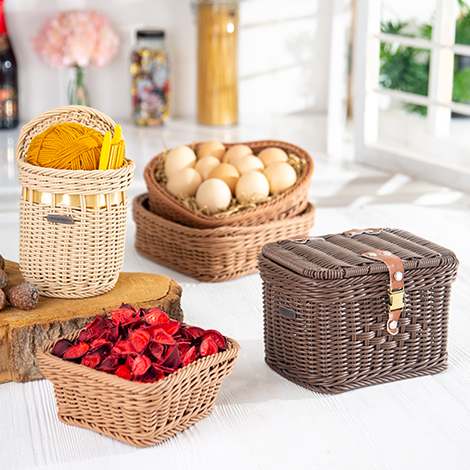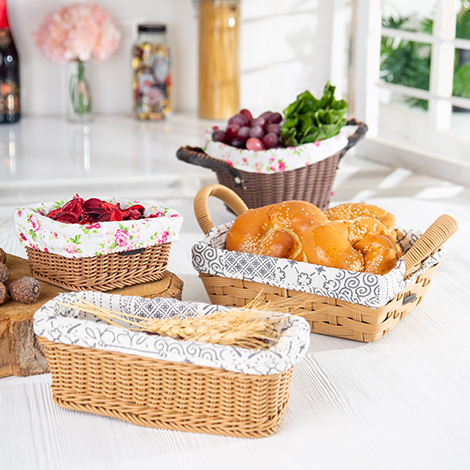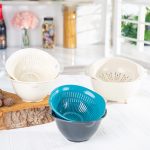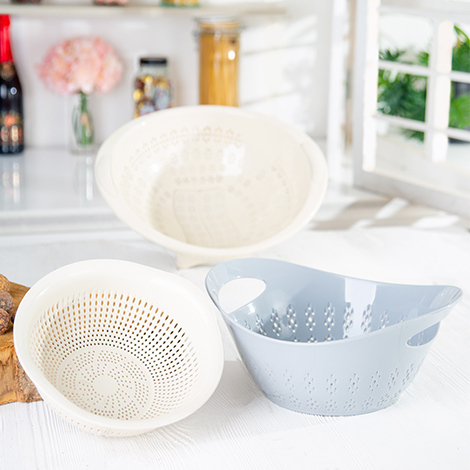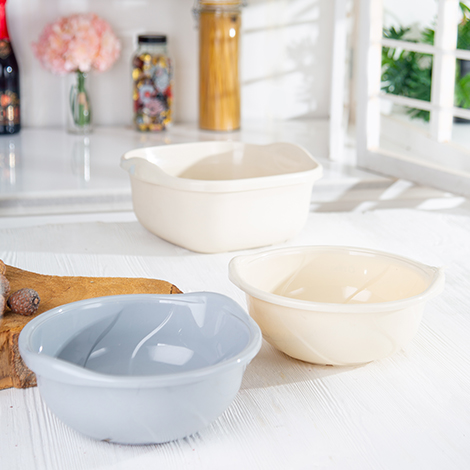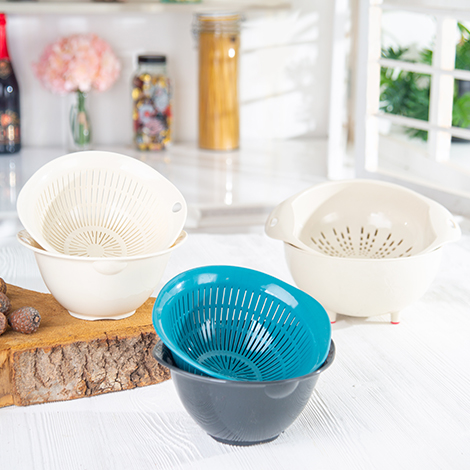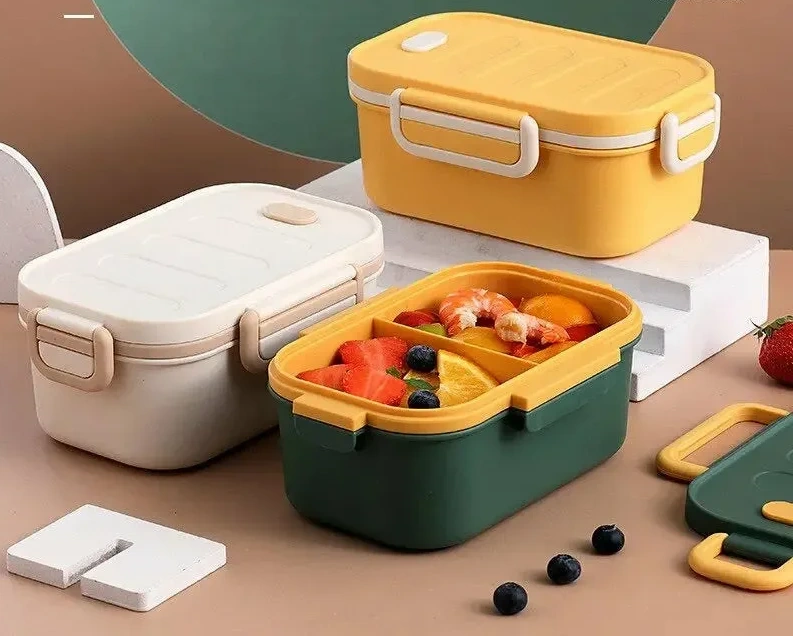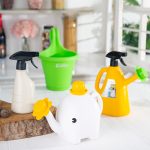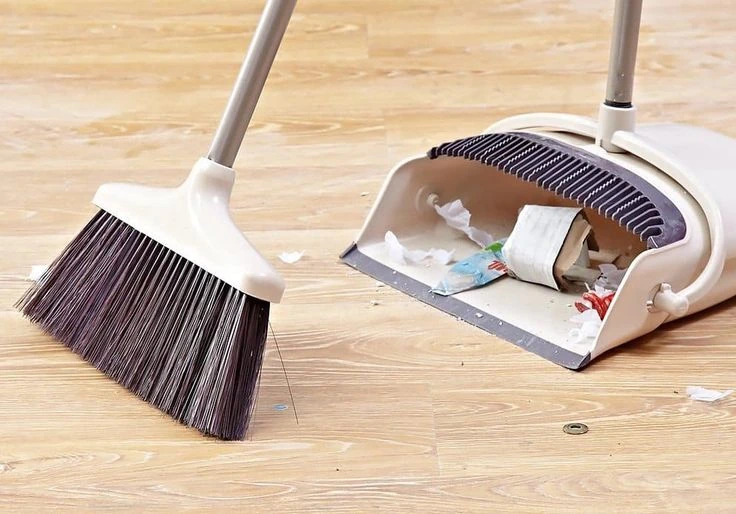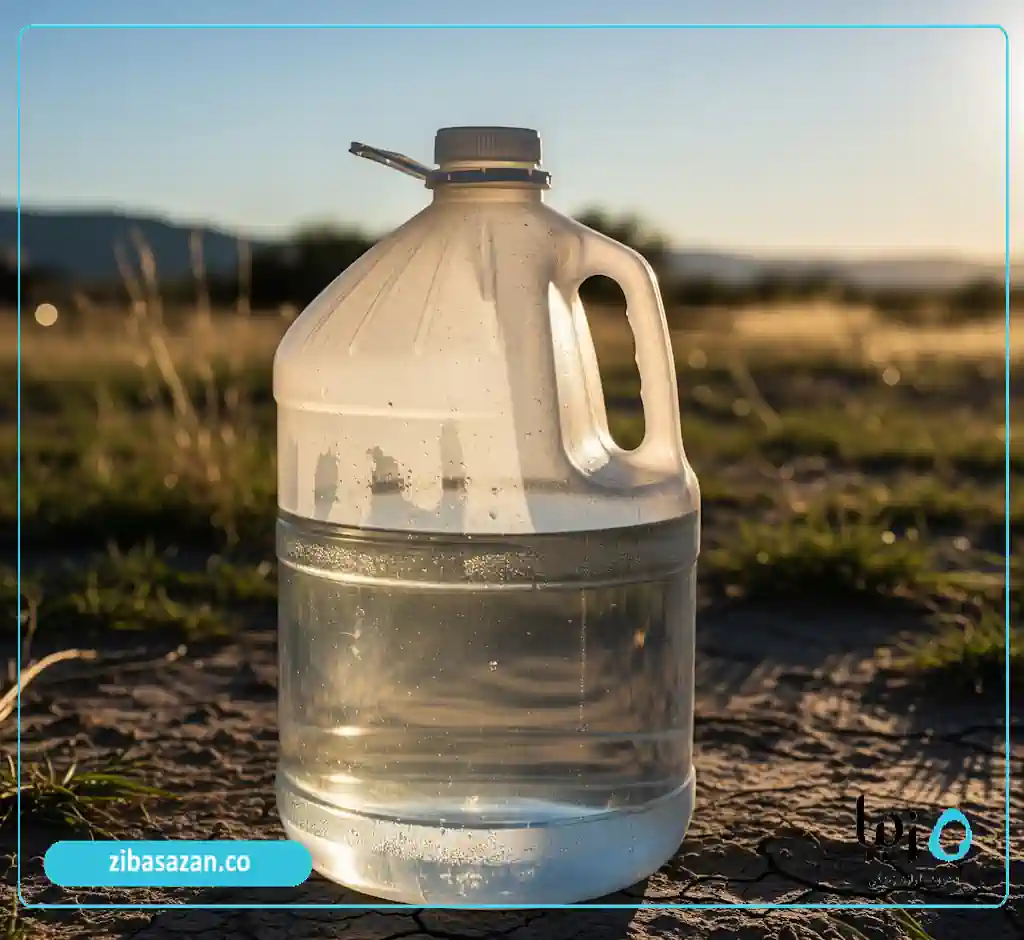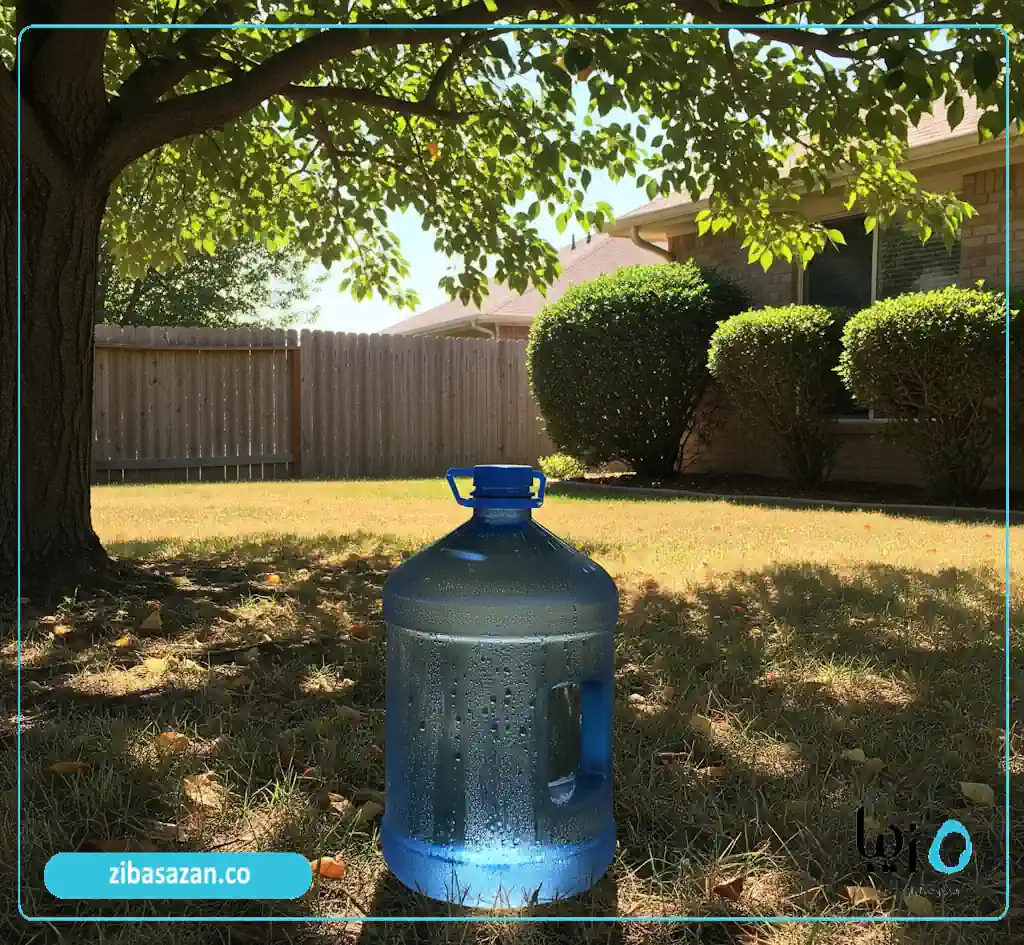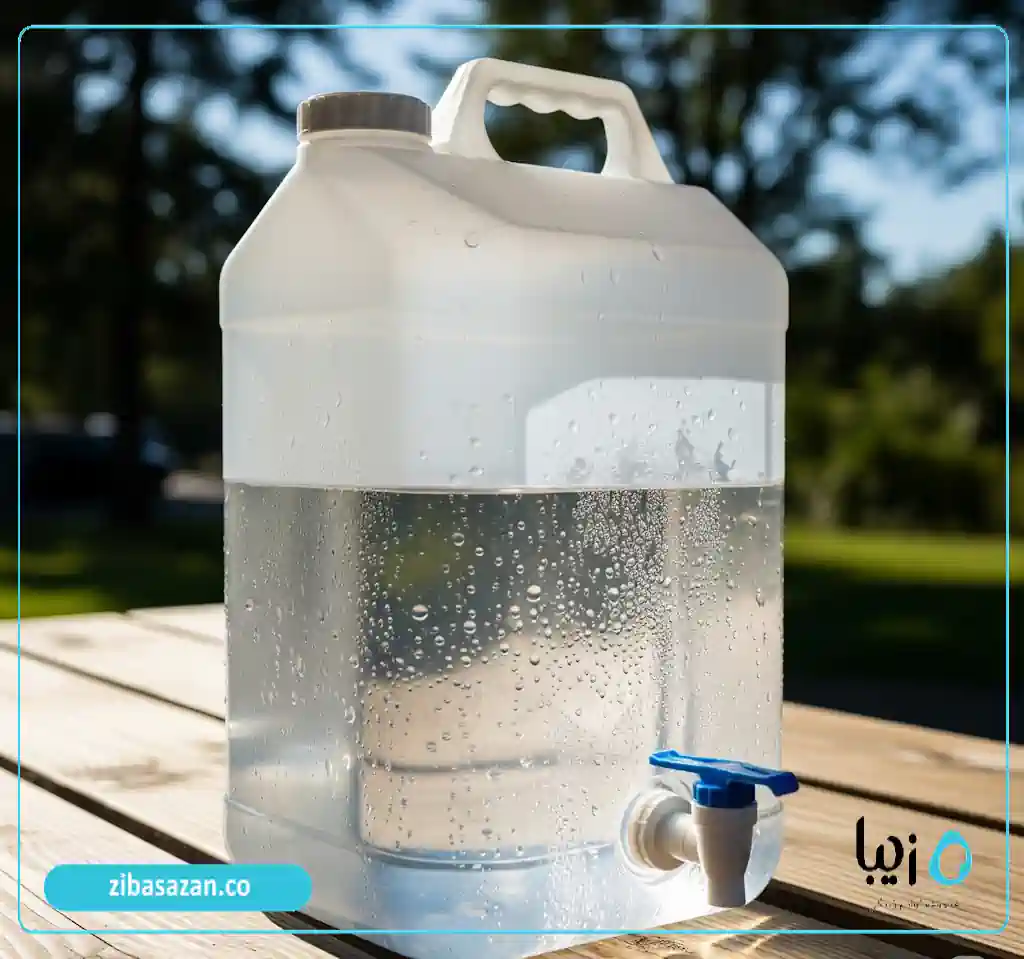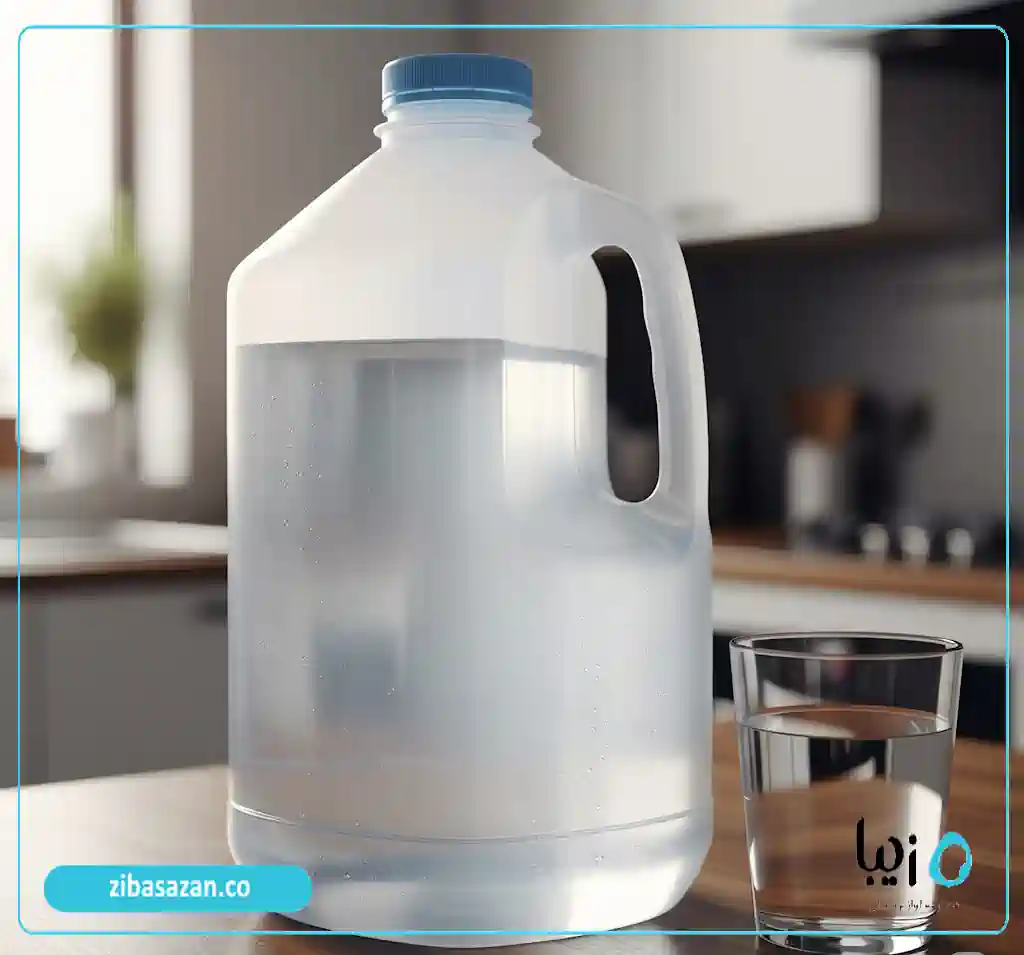Outdoor storage of plastic containers, from yards and balconies to gardens and workshops, is a common need for all of us. But it comes with its own set of challenges. It has likely happened to you that your favorite plastic container, after some time in the sun, becomes dry and brittle, faded, or even cracked. This isn’t a natural occurrence; it’s a direct result of ignoring proper storage principles.
The analytical and concise answer to your concern is this: Success in storing plastic containers outdoors depends on two key factors: first, choosing a container made from UV-stabilized plastic, like high-quality HDPE, and second, employing simple but vital protective methods, such as placing it in the shade and away from extreme temperature changes. But the real secret goes beyond these two tips.
How can you choose a container that is designed and built from the ground up for these harsh conditions? What clever techniques can you use to extend the life of your current containers? And how has the reputable brand Zibasazan with its innovative Zibasazan products, not only solved this challenge but also brought containers to the market that are true champions of outdoor durability? In this article, we’ll teach you how to multiply the lifespan of your plastic containers with a few simple solutions and make the best choice for the future with confidence.
فهرست مطالب
- 1 Why Is Storing Plastic Containers Outdoors Challenging?
- 2 The Difference Between Regular and Outdoor-Specific Containers
- 3 Factors That Damage Plastic Containers Outdoors (Sunlight, Temperature, Humidity)
- 3.1 Sunlight: The Number One Killer of Plastic
- 3.2 Temperature Fluctuations: From Freezing to Blazing Heat
- 3.3 Humidity and Rainfall: Gradual Erosion
- 3.4 Choosing the Right Material for Outdoor Containers
- 3.5 High-Density Polyethylene (HDPE): The Champion’s Choice
- 3.6 Polypropylene (PP): A Resistant Option, with Caveats
- 4 Which Materials Should You Avoid?
- 5 Protecting Plastic Containers from Direct Sunlight
- 6 The Magic of Shade: The Simplest and Most Effective Solution
- 7 Practical Tips for Washing and Maintaining Containers Outdoors
- 8 How and With What Materials to Wash the Container?
- 9 Periodic Inspection: Prevention Is Better Than Cure
- 10 Suitable Locations for Placing Plastic Containers Outdoors
- 11 How to Keep a Plastic Container Healthy for a Long Time
- 12 Investing in Quality, Guaranteeing Durability with Zibasazan
- 13 The Best Brand for a Stylish and Economical Plastic Kitchenware Set for a Trousseau
- 14 Choosing the Best Ergonomically Designed Water Bottle for Athletes
- 15 Everything You Need to Know About the Best Cutlet Tongs
- 16 A picnic without plastic essentials? Impossible! 10 must-have items you shouldn't forget.
- 17 How to Dry Vegetables at Home Professionally: The Ultimate Guide to Getting Your Greens Dry Without ...
Why Is Storing Plastic Containers Outdoors Challenging?
Many of us see plastic containers as tough, rugged vessels that can be left in any conditions. This perception is partly true, but the outdoors has invisible enemies for plastic. Unlike a controlled indoor environment, the outdoors is full of environmental factors that, over time, wear down even the toughest plastics.
This challenge arises because most plastic containers on the market are designed for indoor use and lack the necessary protective additives to withstand harsh outdoor conditions. Therefore, placing an ordinary container in the yard is like sending a soldier into battle without armor. This wear and tear isn’t just cosmetic; a damaged container can become brittle and lose its contents, or even, if used for food storage, compromise its safety.
The Difference Between Regular and Outdoor-Specific Containers
The main difference lies in the raw material formulation. High-quality containers designed for outdoor use, like select Zibasazan brand products, contain special compounds called UV stabilizers. These compounds act like a powerful sunscreen for the plastic, preventing the polymer chains from breaking down due to UV radiation. Additionally, the wall thickness and structural design of these containers are made to show greater resistance to expansion and contraction caused by temperature changes. These technical details make the difference between a one-year container and one that lasts for several years.
Factors That Damage Plastic Containers Outdoors (Sunlight, Temperature, Humidity)
To properly protect our containers, we must first understand their main enemies. Three key factors in the outdoors work together to shorten the life of plastic.
Sunlight: The Number One Killer of Plastic
Sunlight, especially ultraviolet (UV) radiation, is the biggest and most destructive enemy of plastic containers. This invisible radiation has enough energy to penetrate the molecular structure of plastic and break its polymer bonds. This process, known as photo-degradation, causes the plastic to become dry, brittle, and fragile over time. Fading and a chalky surface are the first signs of UV damage. A container affected by this radiation loses its strength and can crack with the slightest impact or pressure.
Temperature Fluctuations: From Freezing to Blazing Heat
Plastics expand and contract with temperature changes. The constant cycle of heating up during the day and cooling down at night puts continuous stress on the container’s structure. In extreme heat, the plastic becomes softer and more vulnerable. In extreme cold and freezing conditions, the plastic becomes hard and brittle, and the chance of it cracking—especially if it contains liquids like water that expand when frozen—increases dramatically. These temperature swings, over time, cause tiny cracks (micro-cracks) on the plastic’s surface and accelerate the aging process.
Humidity and Rainfall: Gradual Erosion
Although plastic is inherently waterproof, humidity and acidic rain (in large cities) can affect it over time. Humidity can promote the growth of mold and algae on the container’s surface, making it look unpleasant. More importantly, rainwater can wash environmental pollutants and collect them on the plastic surface. These pollutants may react with additives on the plastic’s surface and gradually lead to its degradation.
Choosing the Right Material for Outdoor Containers
Now that we are familiar with the enemies of plastic containers, we come to the most important part of the story: choosing the right weapon. Not all plastics are made for battle in the outdoors. The intelligent choice of container material is the first and most vital step to ensuring its longevity.
High-Density Polyethylene (HDPE): The Champion’s Choice
High-Density Polyethylene, or HDPE (known by recycling code 2), is the best choice for making durable containers for outdoor use. This material is inherently highly resistant to chemicals and physical stress. But the main distinguishing feature is the ability to add UV stabilizers during the production process. The Zibasazan company uses special grades of HDPE, enriched with these protective materials, to produce their containers. This makes our products much more resistant to sunlight and helps them maintain their color and strength for years.
Polypropylene (PP): A Resistant Option, with Caveats
Polypropylene, or PP (recycling code 5), is also a very durable plastic, especially against heat. However, its inherent resistance to UV radiation is generally slightly lower than HDPE. Containers made from PP can also perform well outdoors if they are reinforced with anti-UV materials. This material is usually a suitable option for containers or vessels that require higher temperature resistance.
Which Materials Should You Avoid?
You should strictly avoid buying containers made from PET (code 1) or PVC (code 3) plastics for long-term outdoor storage. These plastics have very low stability against environmental factors and degrade quickly. Also, no-name and cheap containers with no information about their material are a huge risk.
| Plastic Type | Recycling Code | Advantages for Outdoor Use | Disadvantages for Outdoor Use | Recommendation |
| HDPE | 2 | Excellent UV resistance (if stabilizers are added), high durability, cold resistance | – | Best choice |
| PP | 5 | High heat resistance, high toughness | Lower UV resistance than HDPE (requires strong stabilizers) | Good choice |
| PET | 1 | – | Very low UV resistance, becomes brittle quickly | Unsuitable |
| PVC | 3 | – | Brittleness in cold, releases harmful substances | Dangerous and unsuitable |
Protecting Plastic Containers from Direct Sunlight
Even if you’ve bought the best plastic container in the world from the Zibasazan brand, following a few simple tips can further extend its life. Protection against sunlight is the most crucial preventive action.
The Magic of Shade: The Simplest and Most Effective Solution
The first and most obvious way is to place the container in a location that is as protected from direct sunlight as possible. Under the shade of a tree, next to the north wall of a building, under a sunshade, or in a storage room or garage are the best places. The fewer hours your container is exposed to direct sunlight, the longer its UV-protective compounds will last, and the longer its lifespan will be.
Using a Protective Cover
If you don’t have a suitable shaded area, you can create one yourself. Using a thick, light-colored fabric cover (like canvas or tarpaulin) can significantly block UV radiation. Light colors reflect light and heat better. You can even build a simple wooden or metal box and place the container inside it. This, in addition to protecting it from the sun, also protects it from physical impacts.
Methods to Prevent Cracking and Discoloration
Cracking and discoloration are two clear signs of a container’s aging. Fortunately, with intelligent solutions, this process can be delayed, and this is where the build quality of Zibasazan products shows its worth.
Managing Container Contents in Cold Seasons
One of the main reasons for containers cracking in winter is the freezing of liquids inside them. Water expands by about 9% when it freezes, and this expansion pressure can easily split the weakest containers. To prevent this, never fill the container to the top. Always leave about 10 to 15% of the space at the top empty so the ice has enough room to expand. Zibasazan brand containers, due to their use of flexible and high-quality HDPE, show better resistance to this stress, but following this tip will still guarantee their lifespan.
The Role of Container Color in its Longevity
It might be interesting to know that the container’s color also affects its durability. Light-colored containers (like white, cream, or light blue) absorb less heat from the sun and are therefore subject to less temperature stress. Dark colors absorb heat, which can accelerate the plastic’s degradation process. Additionally, in high-quality colored containers, pigments are used that have their own anti-UV properties, adding another layer of protection to the container. The diverse and expertly chosen color palette of the Zibasazan brand is also selected with these scientific principles in mind.
Practical Tips for Washing and Maintaining Containers Outdoors
A clean container is a healthier container. Environmental pollutants can damage the plastic surface over time. Regular and proper washing is part of the maintenance process.
How and With What Materials to Wash the Container?
To wash the container, use lukewarm water, a soft brush or sponge, and mild detergents like dish soap. Strictly avoid using steel wool, coarse sponges, and strong, acidic cleaners like bleach or toilet bowl cleaner. These materials scratch the plastic surface and make it more susceptible to further damage. After washing, rinse the container well with clean water and let it dry completely in the shade.
Periodic Inspection: Prevention Is Better Than Cure
At least twice a year, inspect your containers carefully. Look for early signs of wear like severe fading, the formation of hairline cracks, or any deformation in the body. Early detection of these signs gives you the opportunity to intensify your protective measures or, if necessary, replace the container before it becomes completely unusable.
Suitable Locations for Placing Plastic Containers Outdoors
Choosing the right location for the container has a direct impact on its lifespan. A good location is one that protects the container from all three of its main enemies (sun, extreme temperature changes, and high humidity).
- Best Locations:
- Storage Room or Garage: The ideal option that provides complete protection.
- Under a Sunshade or Porch: Excellent protection against direct sunlight and rain.
- Next to a North Wall: This part of the building receives the least amount of direct sun.
- Unsuitable Locations:
- In the Middle of the Yard or on the Rooftop: The worst possible location due to maximum exposure to the sun and temperature changes.
- Adjacent to Dark Metal Surfaces: These surfaces become extremely hot in the sun and transfer heat to the container.
- In the Path of Foot Traffic or Children’s Play Areas: To prevent physical impacts and potential damage.
How to Keep a Plastic Container Healthy for a Long Time
Summarizing all the tips into a comprehensive strategy will help you get the most out of your investment in a high-quality container. The secret to long-term durability is a combination of correct choice and intelligent care. By buying a container made from HDPE enriched with anti-UV materials from a reputable brand like Zibasazan, you have gone 80% of the way. The remaining 20% is following the simple tips you learned in this article: place it in the shade, avoid filling it completely in the winter, clean and inspect it regularly, and choose a safe location for it. By following these principles, your plastic container will no longer be a one-year consumable but a durable and practical tool that will stay with you for years to come.
Investing in Quality, Guaranteeing Durability with Zibasazan
In the end, caring for a plastic container outdoors is a simple but practical science. It requires attention and care that is minimized by choosing the right product. Instead of repeatedly buying cheap, low-quality containers that force you to replace them every year, make one smart choice once and for all.
The Zibasazan company, with a deep understanding of your challenges and relying on modern technology, has created products that offer a new definition of durability and longevity. Our containers are not just plastic vessels; they are the result of hours of research, engineered design, and the use of the best raw materials to assure you that you will have a reliable companion in the outdoors for years.
Frequently Asked Questions (FAQ)
- Is it a good idea to cover a container with black plastic to protect it from the sun?
Answer: No, this is a common mistake. Although black plastic blocks UV radiation, its dark color absorbs heat intensely. This excessive heat is itself one of the main factors in the degradation and deformation of plastic. The best option is to use light-colored covers (like white or silver) that reflect both light and heat.
- Can I still use a container that has faded and become a bit dry?
Answer: With caution. Fading and drying are the first signs of UV degradation and the loss of the plastic’s strength. Such a container is more brittle than normal and should not be used for moving or storing heavy and valuable materials. If you were using it for water or food storage, it’s best to replace it with a new, healthy container from a reputable brand like Zibasazan.
- What is the main difference between Zibasazan brand containers and other containers on the market for outdoor use?
Answer: The main difference is in three key areas: First, the raw materials; at Zibasazan, we use a special grade of HDPE that is enriched with strong anti-UV stabilizers. Second, engineered design; the thickness and structure of Ziba containers are optimized to resist thermal and physical stress. Third, quality control; every product undergoes strict quality tests before leaving the factory to ensure its flawless performance in harsh outdoor conditions. These three factors guarantee a much higher level of durability and safety for our products.


